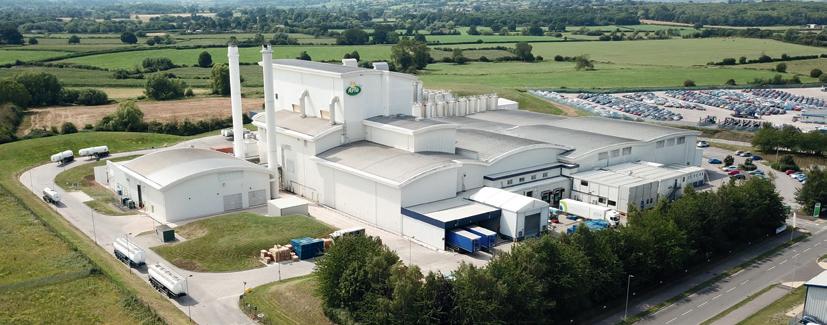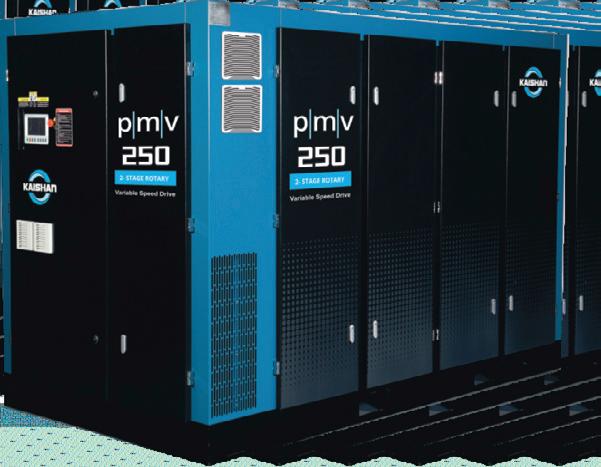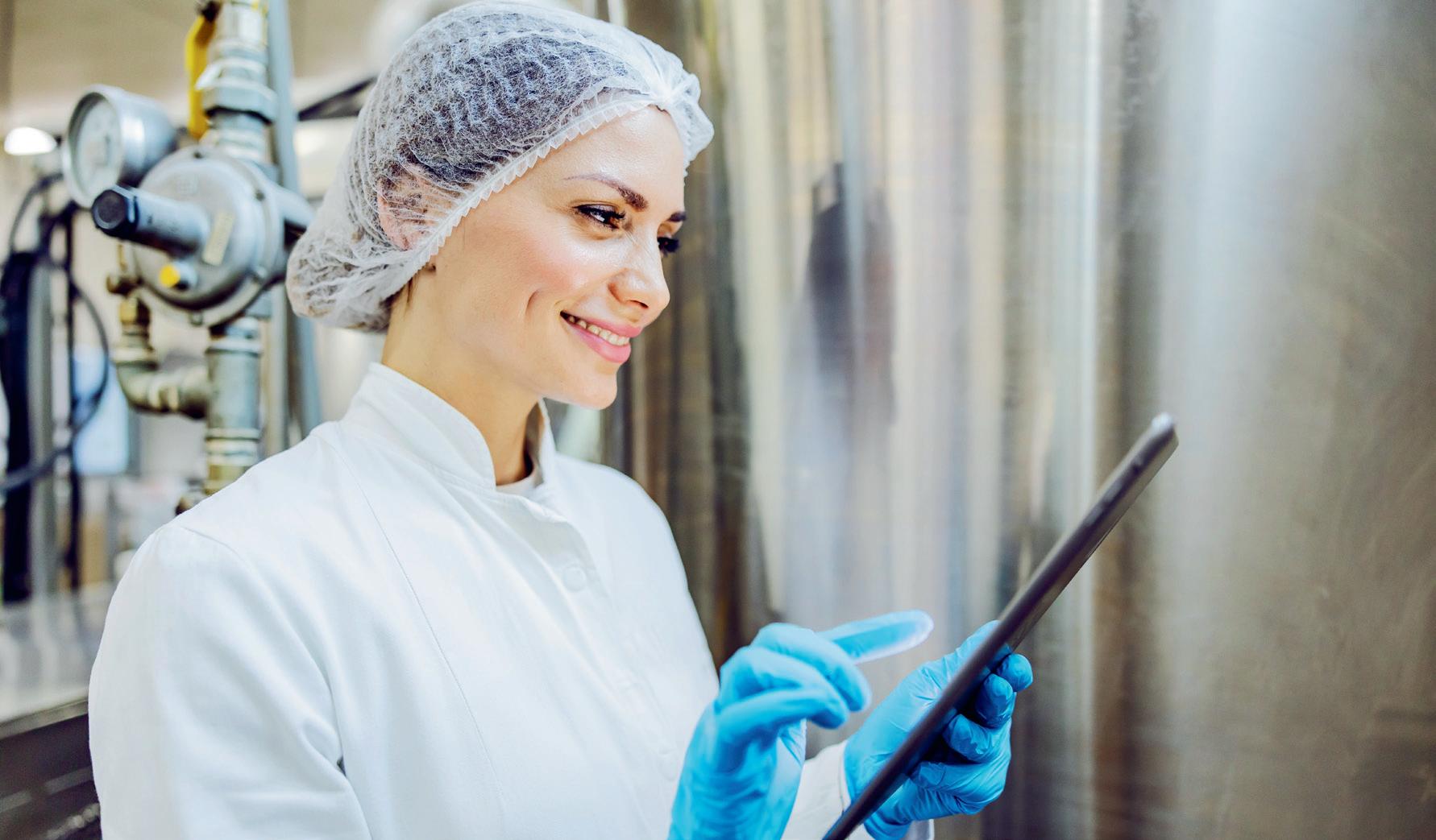
7 minute read
Can microrobots improve the safety of dairy products?
Bovine mastitis produced by Staphylococcus aureus (S. aureus) can cause problems in milk quality and production due to the staphylococcal enterotoxins produced by this bacterium. This can have an economic impact on the dairy industry as the S. aureus can survive pasteurisation and thermal sterilisation processes, and the enterotoxins cannot be easily eradicated by common hygienic procedures once they are formed in dairy products.
According to FDA guidance, excessive numbers of S. aureus in raw milk or other dairy products, ie, greater than or equal to 104 colony forming units per gram (cfu g−1) indicates that the product was produced under unsanitary conditions. For this reason, efficient methods to isolate S. aureus bacteria from dairy products for removal or identification are in high demand and important for the dairy industry.
Now in research published in the journal Small, investigators have developed magnetic microrobots that can efficiently bind and isolate S. aureus.
Designed to enter hard-to-reach places within a milk production plant and operate wirelessly, the microrobots (called MagRobots) are loaded with antibodies (IgG from rabbit serum) to bind and isolate S. aureus from milk.
In the proof-of-concept study, the MagRobots were able to remove 3.42 104 cfu g−1 of S. aureus. The results indicate that the system can successfully remove S. aureus remaining after the milk has been pasteurised.
The study explained that this fuel-free removal system based on magnetic robots is specific to S. aureus bacteria and does not affect the natural milk microbiota or add toxic compounds resulting from fuel catalysis.
“This research brings microrobotics towards a new frontier: animal veterinary health and safe foods,” said corresponding author Martin Pumera, PhD, of the University of Chemistry and Technology Prague. “Microrobots, due to their size, are able to solve challenges faster than tradition technologies.”
According to the report, the system can be scaled up for industrial use in food production.
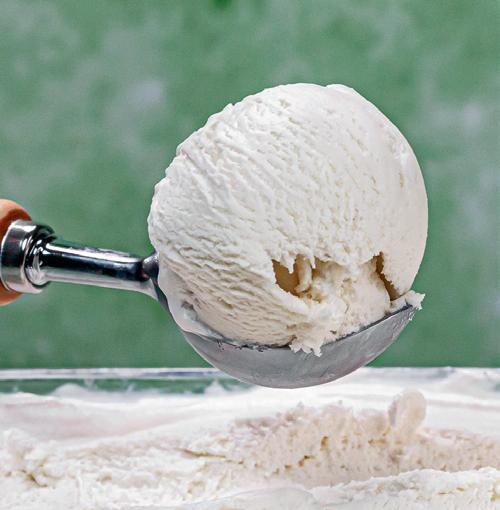
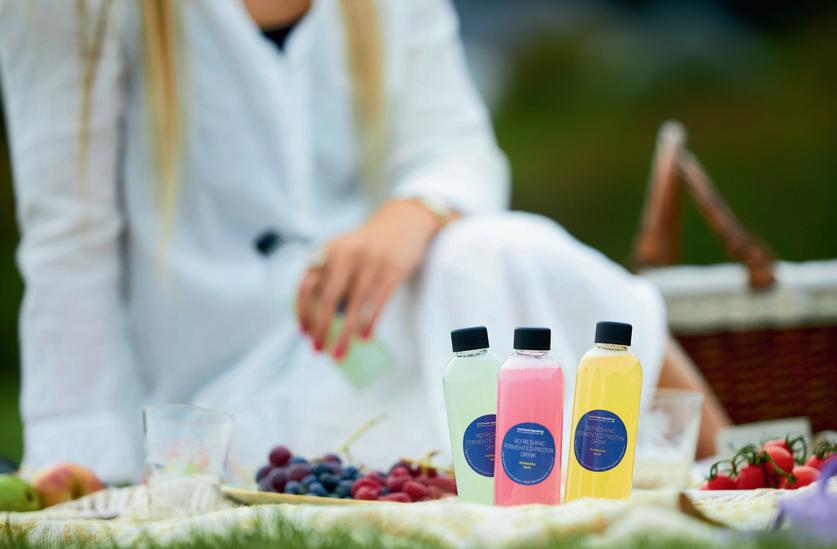
‘Clear look’ ingredient for fermented protein beverages
Arla Foods Ingredients has developed a solution that allows the creation of fermented drinks that are both clear and high in protein.
The solution, which is based on 100% whey-based hydrolysates LacprodanHYDRO.365 and Nutrilac FO-8571, can open up new ways to give fermented protein beverages a ‘clear look’. Designed to minimise cloudiness and sedimentation, it can be used to create high-protein fermented beverages that are just as clear as alternatives without protein.
Manufacturers can use it with thermophilic cultures for fermented drinks, or mesophilic cultures for kombucha-style beverages, both of which are high in probiotics and lactose-free. They can also be produced on a standard yoghurt processing line.
Arla Foods Ingredients
www.arlafoodsingredients.com/ Synerlink has launched the Versatech modular filling machine for food and dairy processors.
Starting with a compact 2.5 by 4 m frame, the machine is expandable with standard-increment modules that come in lengths of 440, 880 or 1320 mm. The modular flexibility is combined with a centralised cabling network to offer plugand-play functionality that allows food and dairy processors to access the latest filling and packaging technologies as they become available.
The tubular frame shape, removable slats and chainless design were all included to simplify maintenance and improve hygiene safety. The enhanced ergonomics of the loading station, and simplified training and troubleshooting via the HMI, are designed to address the growing issue of operator turnover.
Synerlink is a Barry-Wehmiller Packaging Systems company.
Barry-Wehmiller Australia
www.barrywehmiller.com
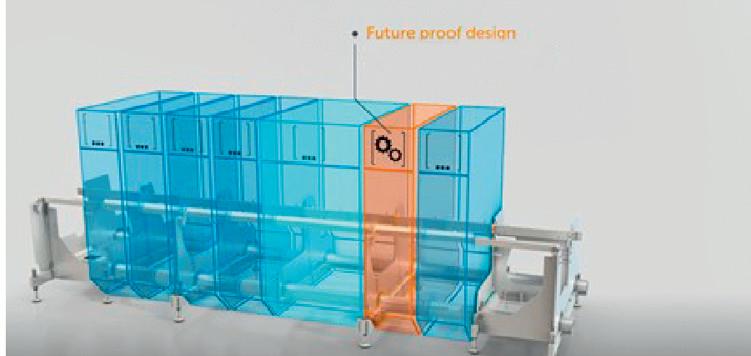
Chickpea protein isolate
ChickP Protein has introduced a chickpea protein isolate for plant-based ice cream. The product is designed to create a creamy mouthfeel similar to that of dairy ice cream. In cooperation with VANIGLIA, ChickP developed a prototype of plant-based ice cream with its protein isolate. Using traditional methods to make the product, the company claims its texture is similar to dairy ice cream. The protein isolate is designed to provide important functionalities in the ice cream-making process, such as emulsion stability, prevention of icing and crystallisation, and the creation of an ideal melting profile. It provides whipping capabilities and a neutral taste suitable for merging desired flavours. Various additives such as guar gum, cellulose, derivatives and modified starches were removed from the ice cream during development, allowing for the protein to stabilise the ice cream and create a smooth texture. The protein isolate may be used in other applications such as non-dairy cheeses and yoghurts.
ChickP Protein Ltd
www.chickp-protein.com
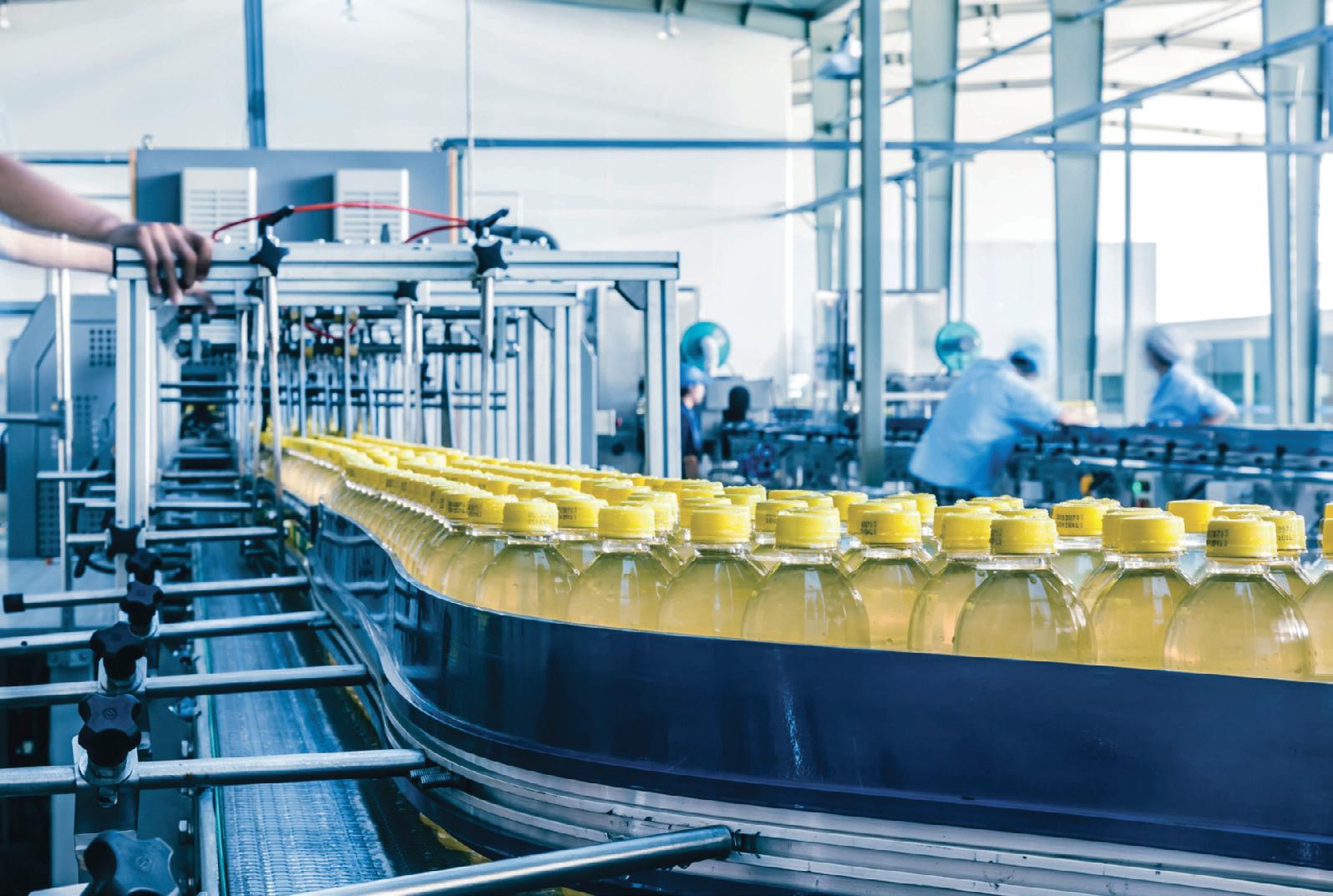
Dairy processor on a mission to reduce emissions
Global dairy company Arla Foods is on a mission to reduce carbon emissions in its operations by 63% by 2030.
It has appointed Grundfos to identify, report and achieve energy reductions across its 60 global dairy sites. So far, the pump manufacturer has assessed two-thirds of the sites and identified the opportunity to reduce total electricity consumption by 1.2%.
Grundfos also recently supplied and installed new intelligent pumps at the Arla Westbury dairy in the UK, which has helped the site achieve savings per year of 481,800 kWh energy and 194 tons CO2 for its ice and chilled water systems.
The Westbury site manufactures a range of butter products with typical production figures of around 45,000 tonnes of skim milk powder and up to 80,000 tonnes of butter per year. The site has pumps installed for chilled and iced water applications, process water feed and steam boiler feed.
For chilled and ice water, the two banks of pumps in the refrigeration plant are used for critical processes at the factory such as post pasteurisation and product handling. The original pumps installed had effectively been working for 20 years since the factory was built, were direct online and weren’t mechanically sealed. This provided challenges for the personnel at the site in terms of both frequent service and ease of maintenance.
The Grundfos team advised on the selection of intelligent pumps and controls and delivered a turnkey end-to-end system for chilled and ice water, including installation, piping and commissioning, and validation of savings. For the chilled water system this meant replacing the three old 55 kW pumps with three new NB 80-200 37 kW pumps including frequency converters. In the ice water system, the three old 22 kW pumps were replaced by three new TPE 200-70 7.5 kW pumps with built-in frequency converters.
Because of the critical production timelines at the dairy, a considerable amount of preparation was required for the installation process. As they couldn’t be without one pump of the three, for reasons of reliability, Grundfos developed an installation plan with minimal impact onsite. The new NB and TPE pumps with frequency converters — external and built-in respectively — were up and running within the 12-hour window.
According to Andy Newman, Service Specialist, Arla Foods, the new pumps have a much better design.
“Even though they still use the modulating valve, we now have pressure control behind it. Now, the pumps sequence themselves and control to set points that we can alter. We also have more monitoring capability now and we can see the power consumption of the pumps locally,” Newman said.
“Another benefit is that the plant room is easier to maintain. The floor is generally completely dry. We don’t have water spillages and there’s a lot less manual handling. This improves the work environment as well.”
Arla Westbury also now requires fewer stock items onsite, reducing costs further. For example, just two different mechanical seals need to be stocked for the pumps, if required.
With the optimisation of the chilled and ice water loops, the next project for Grundfos at Arla Westbury was updating their boiler feed pumps. The steam boilers are a part of many processes in the dairy and are critical for running the evaporators, where steam is the main part of this process. The boiler feed project with new pumps resulted in annual savings of 4096 kWh pa and 33.81 tonnes of CO2 equivalent.
Arla Foods has said that it’s committed to creating a more sustainable dairy production and now its other facilities will meet Grundfos for the energy assessment process.
“As a valued partner, we are very pleased to help Arla Foods in their energy optimisation efforts and to support them globally across their 60 dairy sites, thanks to our expertise, innovative products and solutions,” said Stéphane Simonetta, Group Executive Vice President & CEO – Industry, Grundfos. Grundfos Pumps Pty Ltd www.grundfos.com
